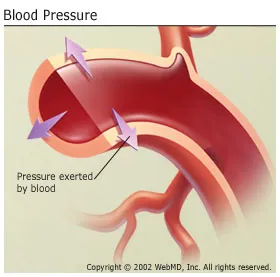BLOOD
TRANSPORTAITION
REGULATION
DEFENCE PROTECTION HOMEOSTESYS
TRANSPORTAITION
REGULATION
DEFENCE PROTECTION HOMEOSTESYS
 Chronic low blood pressure with no symptoms is almost never serious. But health problems can occur when blood pressure drops suddenly and the brain is deprived of an adequate blood supply. This can lead to dizziness or lightheadedness. Sudden drops in blood pressure most commonly occur in someone who's rising from a lying down or sitting position to standing. This kind of low blood pressure is known as postural hypotension or orthostatic hypotension. Another type of low blood pressure can occur when someone stands for a long period of time. This is called neurally mediated hypotension. When it leads to passing out, if is called vasovagal syncope.
Chronic low blood pressure with no symptoms is almost never serious. But health problems can occur when blood pressure drops suddenly and the brain is deprived of an adequate blood supply. This can lead to dizziness or lightheadedness. Sudden drops in blood pressure most commonly occur in someone who's rising from a lying down or sitting position to standing. This kind of low blood pressure is known as postural hypotension or orthostatic hypotension. Another type of low blood pressure can occur when someone stands for a long period of time. This is called neurally mediated hypotension. When it leads to passing out, if is called vasovagal syncope.Vertebrates, and a few invertebrates, have a closed circulatory system. Closed circulatory systems have the blood closed at all times within vessels of different size and wall thickness. In this type of system, blood is pumped by a heart through vessels, and does not normally fill body cavities.  | The open circulatory system is common to molluscs and arthropods. Open circulatory systems (evolved in crustaceans, insects, mollusks and other invertebrates) pump blood into a hemocoel with the blood diffusing back to the circulatory system between cells. Blood is pumped by a heart into the body cavities, where tissues are surrounded by the blood.  |
Human heart | Crayfish heart |